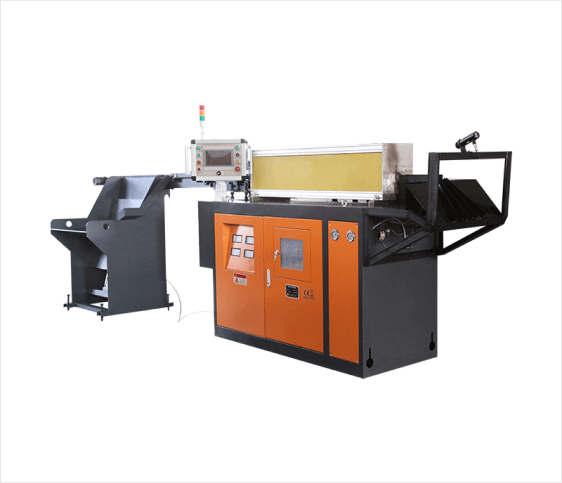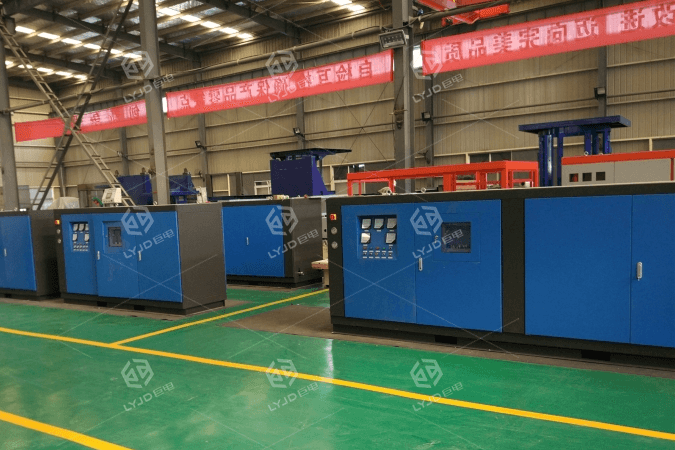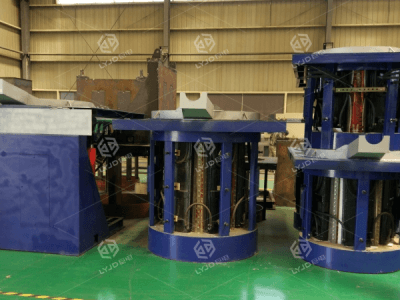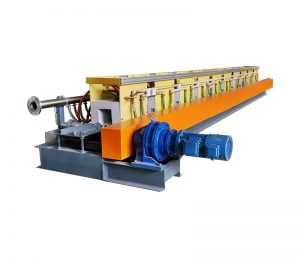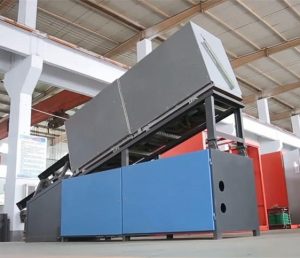When it comes to industrial metal melting, electric induction furnaces are widely regarded for their speed, precision, and environmental advantages. However, maximizing furnace efficiency remains a key challenge—especially due to energy losses that occur during operation. Today, we’ll explore the major sources of energy loss in industrial induction furnaces and highlight practical strategies for saving energy and reducing operating costs.
How Does an Induction Furnace Work?
An electric induction furnace operates on the same principle as a transformer. When a conductive material is placed in a fluctuating magnetic field, a voltage is induced. This voltage generates powerful eddy currents within the material, and due to its natural electrical resistance, the material heats up—eventually reaching melting temperatures.
While this method is highly effective, it also consumes significant amounts of electrical energy, not only for melting but also to offset various forms of energy loss throughout the process.
Key Sources of Energy Loss in Induction Furnaces
Energy loss in induction melting systems leads to higher power consumption, reduced thermal efficiency, and increased production costs. The main areas where energy is lost include:
1. Heat Loss
This is the most substantial source of energy loss in induction furnaces. It includes:
- Radiation from the Furnace Lid: High temperatures at the top of the furnace cause heat to radiate outward.
- Conduction Through the Refractory Lining: Thermal energy escapes through the furnace walls, especially if the lining is worn or poorly insulated.
- Heat in Cooling Water & Exhaust Gases: The cooling system and flue gases remove substantial heat, which is often not recovered.
2. Electrical Losses
- Coil Losses: Resistance in the induction coil generates heat.
- Capacitor Bank Losses: These components can waste power due to electrical resistance and poor configuration.
- Converter & Transformer Losses: Energy is also lost in the conversion of AC to high-frequency power and in the primary transformer stage.
Operational Factors That Increase Power Consumption
In addition to system inefficiencies, several operational practices directly influence energy usage:
- Contaminated Scrap or Rusted Metal: Impurities and rust require more energy to melt and may cause slag buildup.
- Low Bulk Density of Scrap: This results in inefficient melting cycles and more frequent charges.
- Incomplete Power Utilization: Not using the furnace at full rated power increases melting time.
- Excessive Slag Formation: Slag absorbs heat and reduces thermal transfer to the metal.
- Recarbonization Processes: Additional steps like recarbonization add to power usage.
- Excessive Smoke and Metal Spills: These lead to heat loss and material waste.
- Prolonged Melting Times: Longer cycles increase heat losses through radiation and conduction.
Each of these factors reduces furnace productivity and drives up the total energy cost per ton of metal produced.
Reducing Energy Waste: Best Practices
Improving furnace efficiency is not just about equipment upgrades—it also depends on smarter operating practices. Here’s how to reduce energy waste:
- Maximize Furnace Utilization: Keep production cycles efficient with fewer interruptions.
- Preheat Scrap Metal: Using preheated materials can cut down melting time.
- Maintain Refractory Lining: Regular maintenance improves insulation and reduces conduction losses.
- Optimize Cooling Systems: Recover heat from cooling water or exhaust where possible.
- Use Clean, Dense Scrap: Better quality charge materials lead to faster, more efficient melting.
Conclusion: Why Furnace Efficiency Matters
For steel producers and foundries, optimizing induction furnace performance directly impacts profitability and environmental compliance. By understanding where energy is lost and how to mitigate those losses, companies can significantly improve energy efficiency, reduce operational costs, and increase output.
At Luoyang Judian, we specialize in high-performance induction melting systems tailored for global markets. Our solutions are designed for maximum efficiency, safety, and long-term durability—helping your business stay competitive in today’s energy-conscious world.
Contact us today to learn more about our melting furnace solutions and how we can help you reduce energy costs in your production line.
